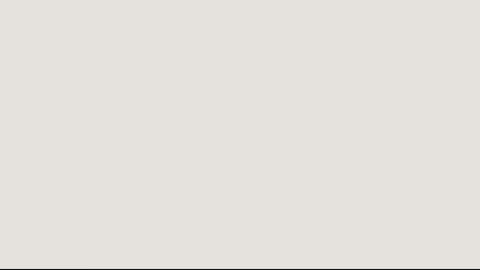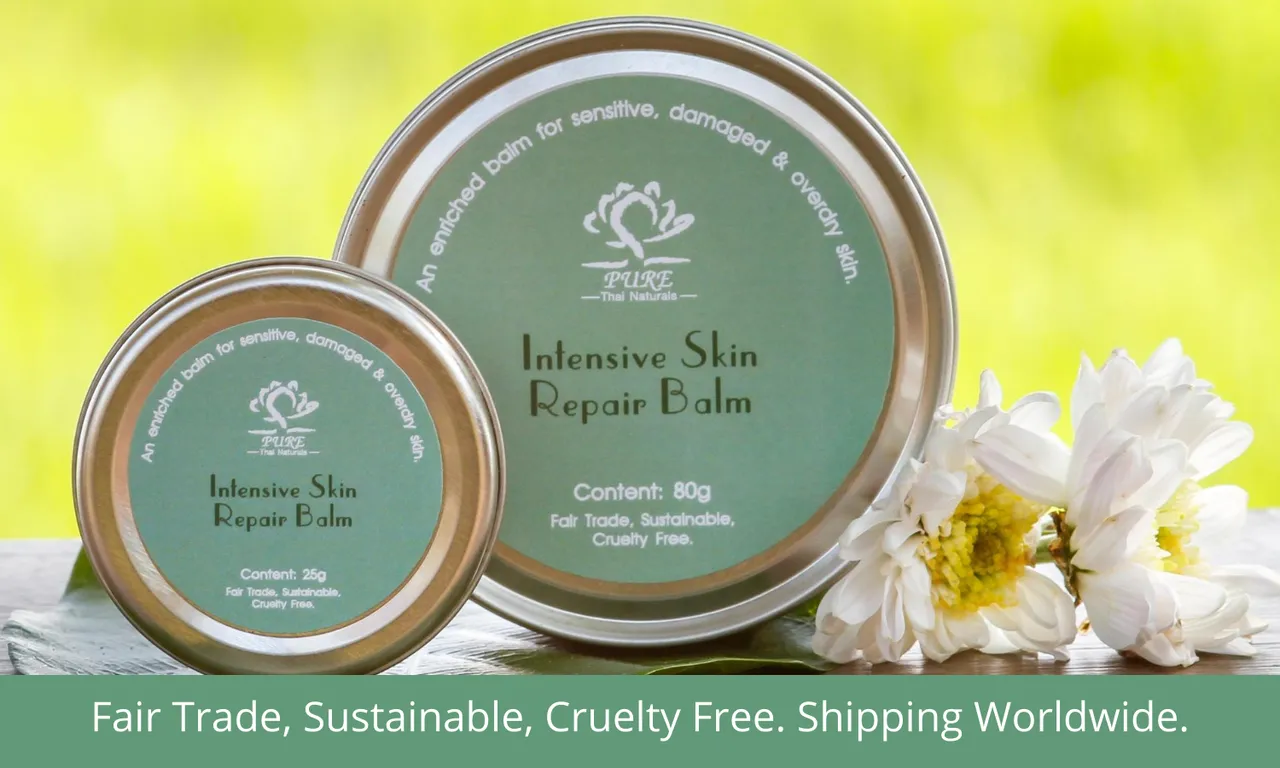Nothing makes me quite as angry as this: the blatant commercial exploitaton of new parents and their desire to give their little ones the purest and the best, regardless of the expense.
 Image by Марина Вельможко from Pixabay
Image by Марина Вельможко from Pixabay
This week, as so often happens in my regular week as the Owner & Managing Director of Pure Thai Natural Co Ltd, I delivered some insect repellent to our newest retail outlet here in Chiang Mai, Sandy Health Shop แสนดีเฮลท์ช็อบ. In the course of delivery and chatting, I was shown a "special organic & natural baby insect repellent product" they had been buying & using till now. An expensive product.
Thai libel law prohibits me naming or exposing the product or its manufacturers in any way which may cause them commercial harm. Shame the law makers didn't consider how NOT naming them harms young children. So I will instead give you a simple lesson on reading product labels and using common information available on the internet in many languages.
What am I talking about? This.



We need to be careful with our own skin, but even more so with our children’s skin. Baby skin is 5 times thinner than an adult’s skin. This not only means that the babies skin becomes irritated more quickly but also potentially damaging substances can enter the body more easily. If you add to this that the ratio of skin to body in babies and children is much higher than in adults, you know how important it is to look critically at the contents of those eye catching bottles. For although we don’t have to start worrying straight away if we weren’t so particular about what we used in the past, it is better to avoid ingredients which are under discussion in the future. Just to be on the safe side! Source.
Sodium Lactate:
Many food manufacturers add sodium lactate to their products because the salt acts as a preservative, preventing bacteria and fungi from growing. It is also used by the cosmetic industry as a water retainer in lip balm, facial cream, soap, shampoo, body lotion and eye drops. Sodium lactate absorbed through food consumption does not have any side effects in adults. It is not recommended for infants or young children. Source.
Sodium Gluconate:
Skin: May cause irritation and redness for susceptible dividuals.
Eyes: May cause mild irritation. Eyes may water profusely.
Ingestion: May cause irritation if large amounts are swallowed. Nausea and stomach pain may occur. There may be vomiting and diarrhea.
Inhalation: May cause respiratory irritation in susceptible individuals. May cause shortness of breath, sneezing and coughing. Source.
Sodium Anisate:
Product is NOT baby safe. Source.
Benzyl Alcohol:
While benzyl alcohol is an effective preservative, it can act as a skin sensitizer and cause contact dermatitis. At concentrations of 3% or greater it has been shown to cause irritation, and is restricted to a maximum concentration of 1% in cosmetics in the European Union. Source
Like many synthetic preservatives, benzyl alcohol can affect the immune system, gradually causing your skin to react. A 1998 study, for example, found that these reactions were possible, with researchers noting that the ingredient “can instigate immune system response that can include itching, burning, scaling, hives, and blistering of skin.”
The Material Data Safety Sheet (MSDS) on benzyl alcohol notes that it is a skin irritant, potentially causing redness and pain, as well as an eye irritant. Prolonged or repeated exposure can cause allergic contact dermatitis. It also warns that it may be toxic to the liver and central nervous system.
Another concern with benzyl alcohol is that like some other preservatives, it can break down to create aldehydes when combined with other chemicals, and one of those aldehydes can be formaldehyde, which is a known carcinogen.
The ingredient can be particularly dangerous for very young children.
It is now recommended that benzyl alcohol not be used for any infant products. Most do not carry it anymore, but be sure to check your ingredient lists on your baby products, including your lotions, soaps, shampoos, wipes, etc.
Source
Babies, more so than adults, absorb product ingredients through their much thinner skin. They have a different ratio for body weight to surface area, which compounds the dangers of toxic ingredients for immature detoxifying organs like the kidneys and liver.
The biggest NO NO on this ingredient list is the Benzyl alcohol. It has been recomended as NOT being safe for children or babies since 2013, so it is hardly new.
The irony, of course, is that this particular product is made and marketed as being safe & specially made for babies and small children. Frazzled parents buy it trustingly, cos they don't have the time, energy or skills to do the 40 mins of research it took me to pull this information together.
In this place, the callous exploitation is evil. Cos the chemicals used are CHEAP. Very cheap. Which alcohol should only be used for baby products? Pure Ethyl Alcohol - Food Grade only. But it's the most expensive ingredient choice.
Making profit from others' ignorance and desire to buy the best is really wrong. Babies DO have special skincare and protection needs, and special baby products ARE reasonable. We woud argue that adults deserve the same superb safety levels for what they put on their skin.
So what to do?
Don't buy ANY baby products containing Benzyl Alcohol.
Photograph the label and spend 20 mins online at home researching the obvious chemicals in the product. The BEST site by far is the Environmental Working Group's database Skin Deep. But simply plugging in the ingredient as a question inot any search engine works just fine too:
- Is Benzyl alcohol safe for babies?
- Benzyl alcohol safety data sheet
- Benzy alcohol negative health effects?
Go back and buy the product only if you are completely satisfied that it is safe. Government standards, licensing of businesses and consumer law are, sadly, not enough in ANY country. Thailand actually has FAR HIGHER cosmetic and manufacturing standards than the USA and many US products are prohibited from import here. The toughest places to import a cosmetic or body care product, by far? China and Japan. Some more blog content coming from me this week about new legislation currently on the table in California to try ban dangerous chemicals commonly found in US products and already banned in over 40 countries, including Thailand, China and most of Asia.
Read The Labels. Do Your Own Homework.
Read The Labels. Do Your Own Homework.
Read The Labels. Do Your Own Homework.
Read The Labels. Do Your Own Homework.
Read The Labels. Do Your Own Homework.
I honestly can't say it often enough. An the health of your children depends on it.

Get Your FREE Hive Account

